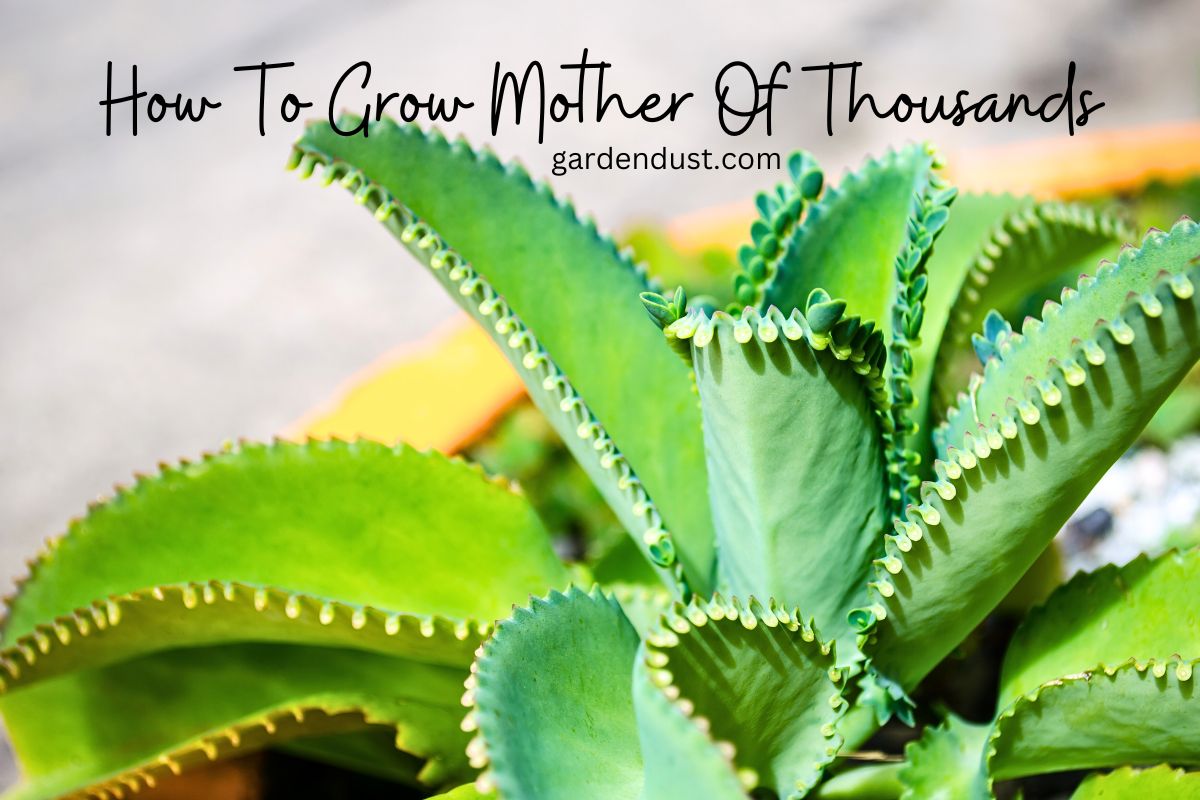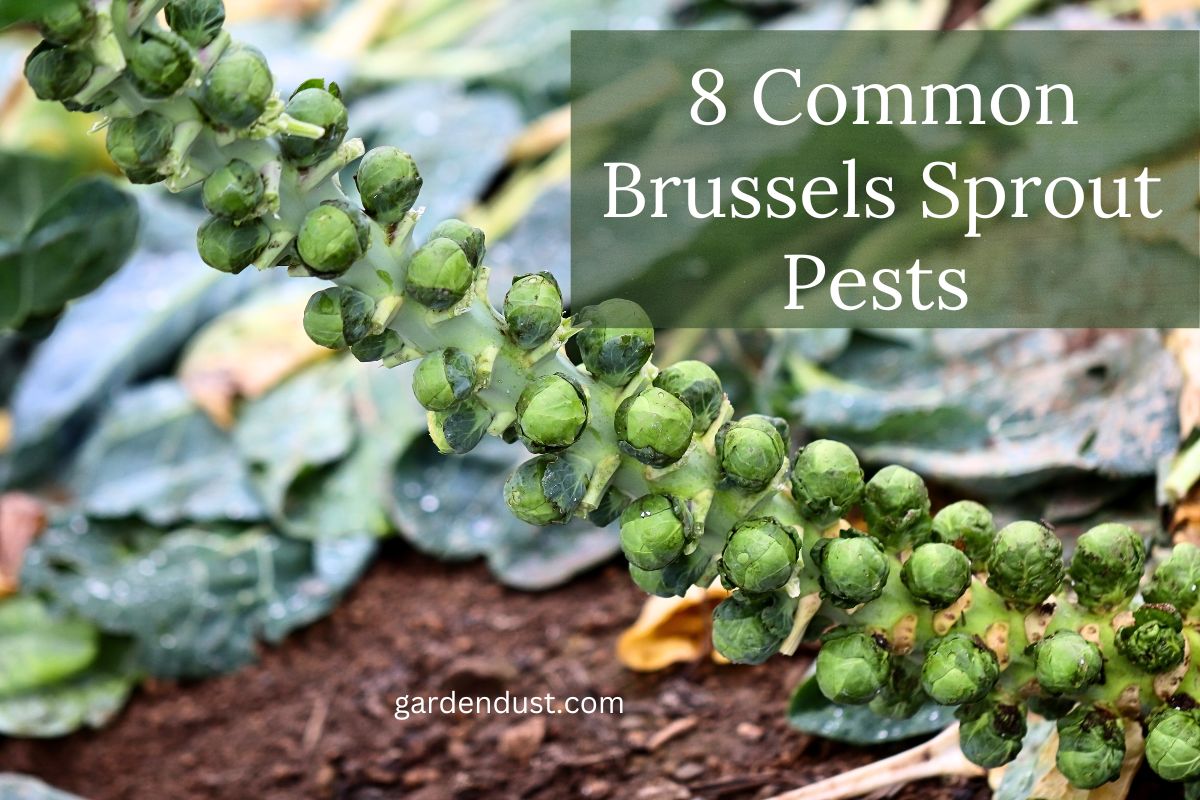The arrival of spring is a delight for garden enthusiasts, and for rose lovers, it marks the beginning of a new season of growth and beauty. As the frost melts away and the days become warmer, roses start to awaken from their winter slumber, presenting an opportunity for gardeners to engage in essential care practices. Proper care during the spring season sets the foundation for healthy growth, vibrant blooms, and an overall flourishing rose garden. In this guide, we’ll delve into How to Care for Roses in the Spring Season, offering detailed insights and step-by-step instructions. Let’s start…
Pruning for Renewal
Spring is an ideal time for pruning roses, as it encourages new growth and contributes to the overall health of the plant. Start by removing any dead, diseased, or damaged wood, making clean cuts just above a healthy bud. This stimulates fresh shoots and improves air circulation within the plant. Additionally, consider rejuvenation pruning for older bushes by cutting back about one-third of the plant’s height. This practice helps invigorate the plant and promotes vigorous flowering.
Soil Preparation and Fertilization
Preparing the soil before the growing season is crucial. Perform a soil test to assess its pH and nutrient levels. Roses thrive in slightly acidic soil with a pH range of 6.0 to 6.5. Amend the soil with organic matter like compost to improve its structure and drainage. Spring is also the time to apply a balanced slow-release fertilizer to provide essential nutrients for healthy growth. Follow the recommended dosage on the fertilizer packaging, and avoid over-fertilization, as it can lead to excessive foliage growth at the expense of blooms.
Watering Wisely
Proper watering is essential to prevent drought stress and encourage robust growth. As the weather warms up, increase the frequency of watering while ensuring the soil remains well-draining. Aim for a deep watering session once or twice a week rather than frequent shallow watering. Always water at the base of the plant to prevent wetting the foliage, which can lead to fungal diseases. Consider using a soaker hose or drip irrigation system to deliver water directly to the root zone.
Pest and Disease Management
Spring is a time when pests and diseases become more active. Regular monitoring is crucial to catch any issues early on. Inspect the undersides of leaves for signs of aphids, mites, or other pests. If detected, treat with an appropriate insecticidal soap or neem oil. Fungal diseases like powdery mildew and black spot can also be problematic during spring. Preventive measures such as spacing plants adequately, promoting good air circulation, and using fungicidal sprays can help mitigate these issues.
Mulching for Moisture and Weed Control
Mulching offers a multitude of benefits for rose plants. A layer of organic mulch, such as wood chips or straw, helps retain soil moisture, suppress weed growth, and regulate soil temperature. Apply mulch around the base of the plant, ensuring it doesn’t directly touch the stems. This practice not only conserves water but also protects the roots from extreme temperature fluctuations.
Support and Training
As roses begin to grow vigorously, providing proper support and training ensures that they develop into well-structured and visually appealing bushes. Install stakes or trellises to support tall and climbing varieties. Gently tie the stems to the support structures using soft ties, allowing enough room for natural movement. Regularly check and adjust the ties as the plant grows to prevent them from becoming too tight.
Read Also :-How to Propagate String of Hearts: 4 Methods & Care
Deadheading and Pruning Spent Blooms
To encourage continuous blooming, it’s essential to deadhead spent flowers. As the first flush of blooms fades, remove the faded flowers by snipping just above the first set of five leaves. This prevents the plant from diverting energy into producing seeds and instead directs it towards producing new blooms. Regular deadheading throughout the season promotes a prolonged and vibrant display of flowers.
Disease Prevention and Management
A proactive approach to disease prevention significantly contributes to the health of your rose garden. Keep an eye out for any signs of disease, such as discolored or spotted leaves. Prune away infected foliage promptly and dispose of it away from the garden. Consider using disease-resistant rose varieties and avoid overhead watering, as wet foliage creates an environment conducive to disease development.
Observing Growth and Adjusting Care
Spring is a dynamic season, and as your roses continue to grow, it’s important to remain observant and adaptable in your care routine. Monitor the growth patterns, adjust watering and fertilization as needed, and make note of any changes in pest or disease activity. This attentiveness allows you to provide the best possible care and intervene promptly if any issues arise.
Caring for roses during the spring season is a labor of love that pays off in the form of breathtaking blooms and healthy plants. By following the detailed steps outlined in this guide, you’ll establish a solid foundation for your rose garden’s success. From pruning and soil preparation to pest management and continuous monitoring, each aspect of care plays a vital role in nurturing robust and beautiful rose bushes. With patience, dedication, and a green thumb, your springtime rose garden will be a flourishing testament to your commitment to gardening excellence. Happy Gardening…






